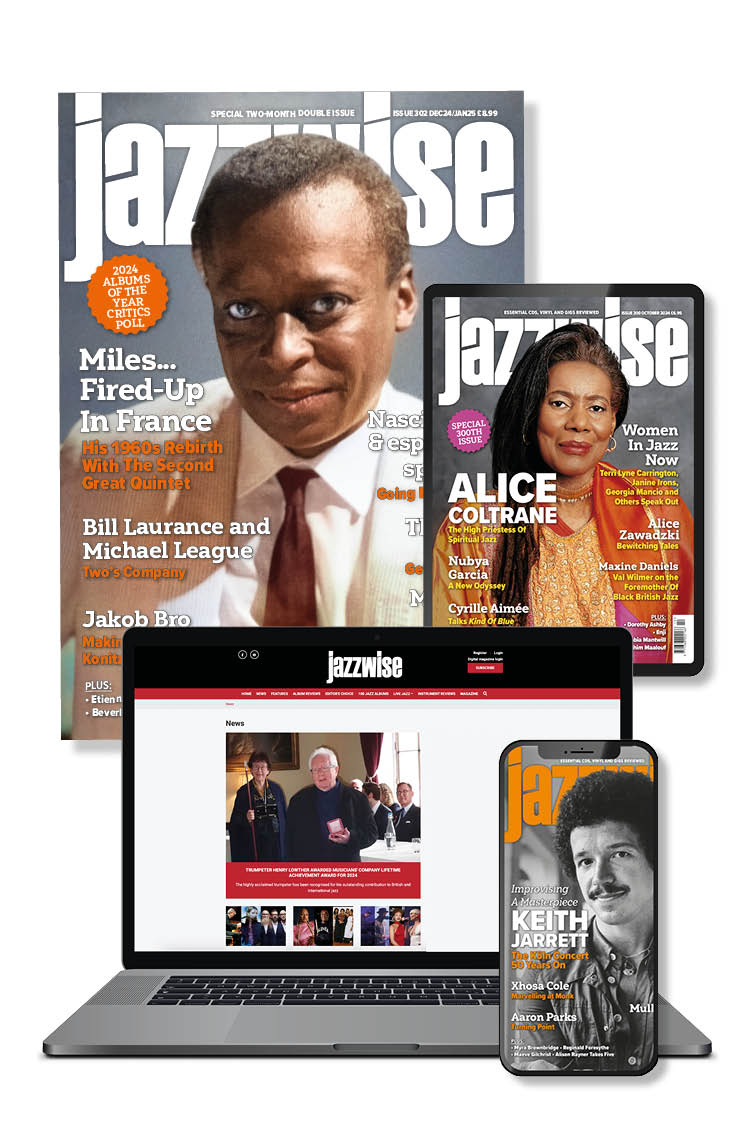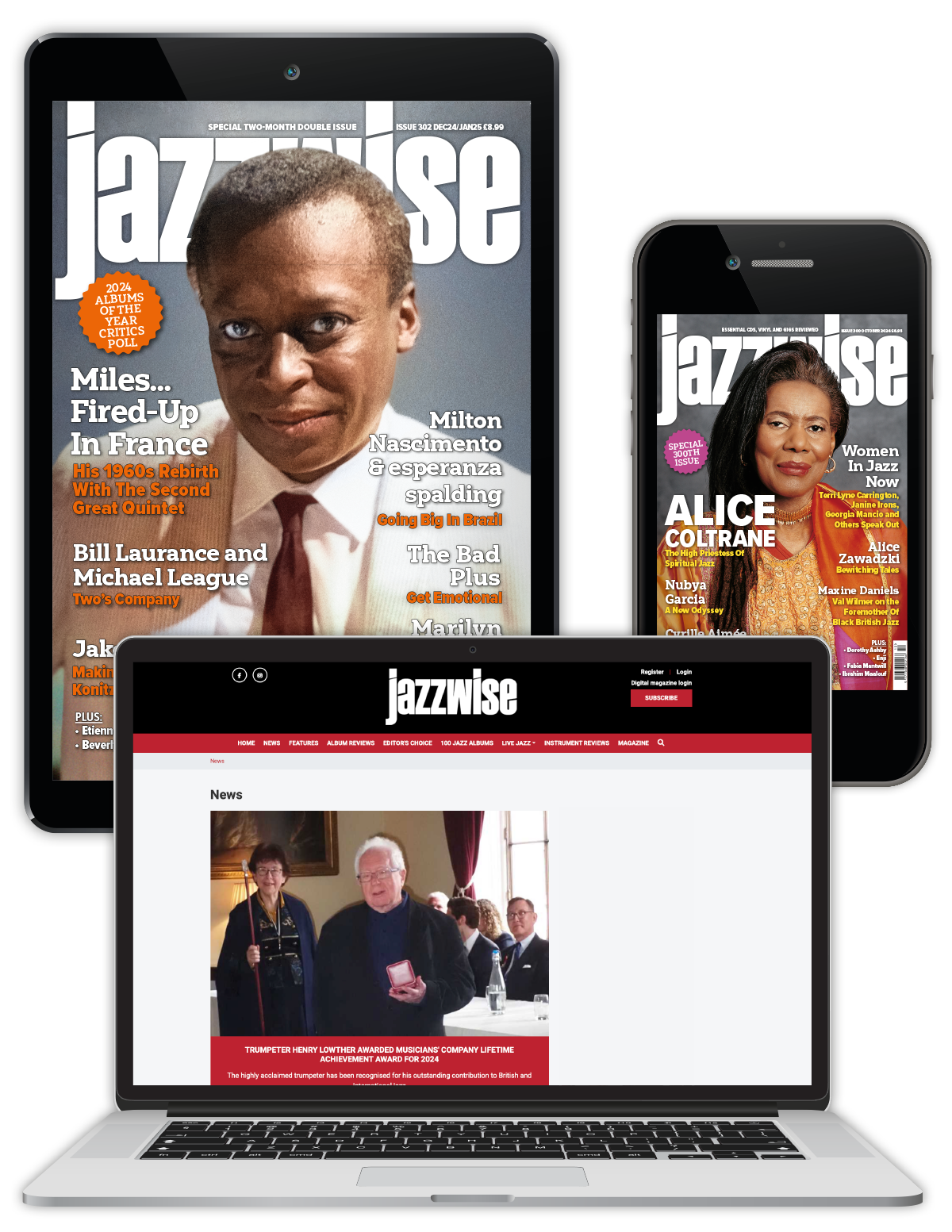Tony Kinsey: The Tony Kinsey Collection 1953-61
Author: Peter Vacher
View record and artist detailsRecord and Artist Details
Musicians: |
Tubby Hayes (ts) |
Label: |
Acrobat |
Magazine Review Date: |
June/2013 |
Catalogue Number: |
ACSCD6001 |
RecordDate: |
1953-1961 |
Here are drummer Kinsey's mid-twentieth century small group recordings spread over six rewarding CDs. 105 tracks in all, quartets and quintets, from what was both a personal heyday for Kinsey but also one, in retrospect, which provided the lie to our assumed modern jazz inferiority when compared to the ‘real thing’ from across the pond. With the guarantee of regular work – Kinsey enjoyed extended club residencies in London – and frequent recording opportunities, the best local players performed in his groups, viz the names shown above. Add to that the Dankworth-honed clarity in his writing and the seeming unquenchable ability of his long-time colleague Bill Le Sage to produce memorable compositions and compelling improvisations and you have the key to the enduring value of Kinsey's work. As the booklet note puts it, Tony was ‘one of the most influential and important personalities in British post-war modern jazz’. Quite so.
Kinsey's singles, EPs and LPs on the Esquire, Decca, Parlophone and Ember labels plus a BBC Jazz Club transcription are chronologically aligned with first-rate remastering, supported by a photo-packed booklet essay by Acrobat's instigator Paul Watts. If Kinsey's boppish neatness at the drums has always been beneficial and Le Sage's creativity is a given, it will be the quality of the other principal soloists that should impress newcomers to this music. With Whittle in Lester-ian form in 1953, it's to Harriott, a Kinsey regular, which we turn on CD2. Startling and impactive, it's easy to see why he continues to attract such wide-ranging appreciation. His collaboration with the underrated Efford on the live version of Le Sage's‘ The Mystery of the Marie Celeste’ is truly electrifying. Ronnie Ross on baritone was another soloist to flourish with Kinsey, his fluency and harmonic sure-footedness akin to that of Mulligan himself. Later the quartet became a quintet with Rendell partnering Ross, these replaced eventually by Condon and Efford, especially jaunty on ‘Blue Eyes’, with Hayes and Deuchar joining Kinsey for the Ember album which more or less closes the book on this period in Kinsey's career. There's a mass of music here, all of it worthwhile, much of it distinguished and durable. That could be a description of Tony himself, of course. Get this now.

Jazzwise Full Club
- Latest print and digital issues
- Digital archive since 1997
- Download tracks from bonus compilation albums throughout the year
- Reviews Database access
From £9.08 / month
Subscribe
Jazzwise Digital Club
- Latest digital issues
- Digital archive since 1997
- Download tracks from bonus compilation albums during the year
- Reviews Database access

